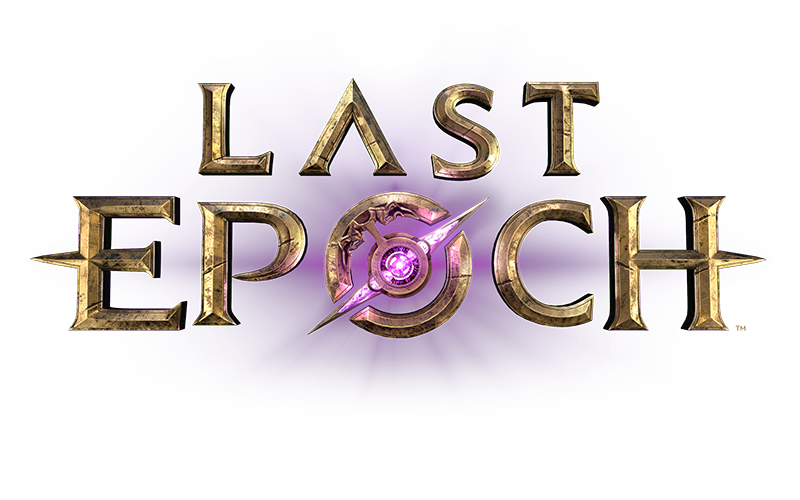Let me start off by saying I really enjoy this game, and think it has a lot of great design decisions propping it up. I just wanted to offer feedback on a couple of things related to damage type identity.
Most of my ARPG hours are in Path of Exile, with a healthy few hundred in Diablo 3 (early release) and Grim Dawn. One thing I have always liked about PoE is that damage types have an identity, and to be more specific, a mechanical identity. Lightning damage causes shock, fire causes ignite, cold causes chill/freeze, physical causes bleed (and better at stunning) , and chaos causes poison. I had this same gripe with Grim Dawn, though there are some minor mechanical identity components to some of the damage types; but overall they lacked mechanical identity. If I hit something with fire or physical damage, it made no difference. The skill might be colored orange and red for a fire skill, but without that there is no real difference between them, aside from the fantasy aspect.
In this game, the associations between ailments and damage types hardly exist, except in the sense that it is typically skills of certain damage types where you find skill tree support. However, there is nothing stopping me from igniting with lightning damage if I stack enough passive ignite chance, for example.
When you cast a spell that deals fire damage and it has a big glowy orange visual, that can be enough to give it some identity, even if it lacks a mechanical one. At some level, I dont have a major issue with this, though I prefer there to be a mechanical identity. However, it does create some situations where the fantasy is disrupted.
This ties into a second issue I see, where melee skills (I assume other attacks as well) are given a damage tag related to the base damage they deal, which is an hilariously low number. In reality, your weapon does orders of magnitude more damage than the base. So, even a fire or cold melee skill is probably dealing more physical damage than anything else.
I am playing a character using Forge Strike as their bread and butter skill. I like 2H weapons, but that basically means I will be dealing primarily physical damage. Even if I take 50 flat fire damage, run the sigil skill, and get flat fire on my weapon, I still probably deal mostly physical damage (or close to an even split). Furthermore, because conversion seems poorly supported, it makes scaling the skill a bit more difficult. Getting penetration on gear is silly because my damage is split, and increases to a particular damage type are a poor choice for the same reason. The ring and amulet slot doesnt have the increased melee option, for example.
All that leads to a situation where the fire fantasy isnt quite realized because there is no real visual indication that fire damage is being dealt, there is poor support for conversion, and it hardly makes a difference whether I hit with physical damage, fire damage, or a mix. It makes me feel more ambivalent about where the damage comes from, and kind of encourages stacking a bunch of flat damage from any ol’ source.
What is my suggestion then? Offer better skill tree (or any at all) support for damage conversion. For example, instead of the nodes leading to Detonating Ground giving 10 flat fire each, give them 5 flat fire and 20% conversion of physical to fire. Alternatively, or additionally, give me more of a reason to choose a particular type of damage when the visual does not support it, but there is clearly some tree support. As well, a skill could have inherent conversion, or a more signficant base damage of the given type in exchange for low added damage effectiveness.
Once again, great job so far, and keep up the great work. I hope my suggestion/feedback gives a perspective that is helpful!
